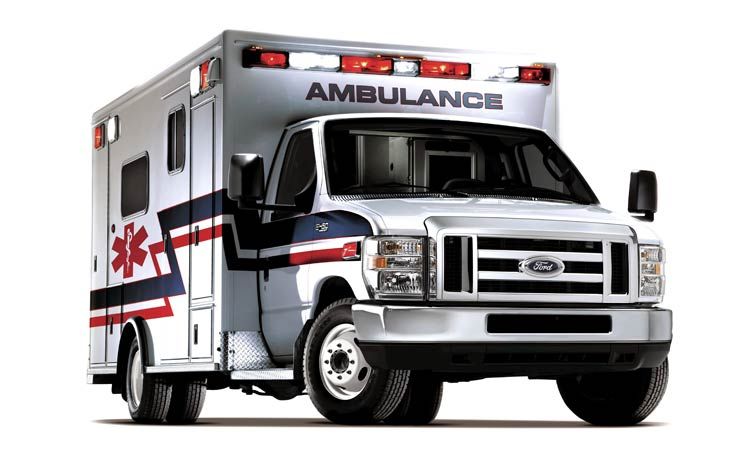How does EMS decide where to take a patient?
When you make the call to 911, you’re concerned about only one thing: getting Emergency Medical Services (EMS) to your location as fast as possible. But the main concern of EMS, once they arrive and assess a patient for transportation, is making the best decision on where to take that victim. There may be a hospital very close by, but is that necessarily the best place to take them? Time is likely a factor, but the level of care available at that time isn’t going to be the same for all hospitals. EMS personnel have to assess the patient’s needs and decide where the best care is going to come from.
Certain hospitals are assigned the “Trauma Center” verification by the American College of Surgeons (ACS), meaning they are specifically equipped, staffed and trained to deal with traumatic injuries (as opposed to illnesses). State laws will determine official designations. Each Trauma Center is also assigned a “Level”, indicating the capabilities of that hospital. Level 1 is the highest, and designations go down to Level 3 or Level 5, depending on the state guidelines (Washington State has five levels, other states may have three).
In the Seattle area, the only Level 1 adult and pediatric Trauma Center is currently Harborview Medical Center. Medic One is also headquartered at Harborview, and Airlift Northwest transports its patients there. Treatment will usually be better for the patient when they are airlifted to a more distant but higher-level center, as opposed to traveling by ambulance to a closer one. Harborview would be the top choice for transporting injured individuals, as treatment at a Level 1 center increases a patient’s chances of survival by 20 to 25 percent. Staffed 24 hours a day by nurses, surgeons, anesthesiologists, emergency physicians and physician’s assistants (who will have extensive training in ACLS – Advanced Cardiac Life Support) these centers also provide educational programs and preventative programs. Medical research is also carried out at such centers. Lower-level trauma centers will have transfer agreements with the Level 1 centers, which are normally required to admit a minimum number of severely injured patients per year.
Should you or someone you know require transport to a hospital emergency room, be sure to communicate any preferences to the responding EMS personnel. Keep in mind that they aware of both the patient’s needs and the best options available for care, and will make decisions based on the best possible outcome. Circumstances at emergency rooms can change quickly, and an ER that has room for the patient one minute may suddenly find itself at capacity. Special services may or may not be available at certain locations. And, most importantly, the EMS personnel spend many hours working alongside hospital personnel, and they will have evaluated the level of care provided by the hospitals in the area. This experiential knowledge will likely prove extremely valuable in making quick determinations for care. Know that their first priority is the patient, and the decisions they make can sometimes make the difference between life and death.
Enjoy our blog? follow us on Facebook.
Published on May 13, 2014
